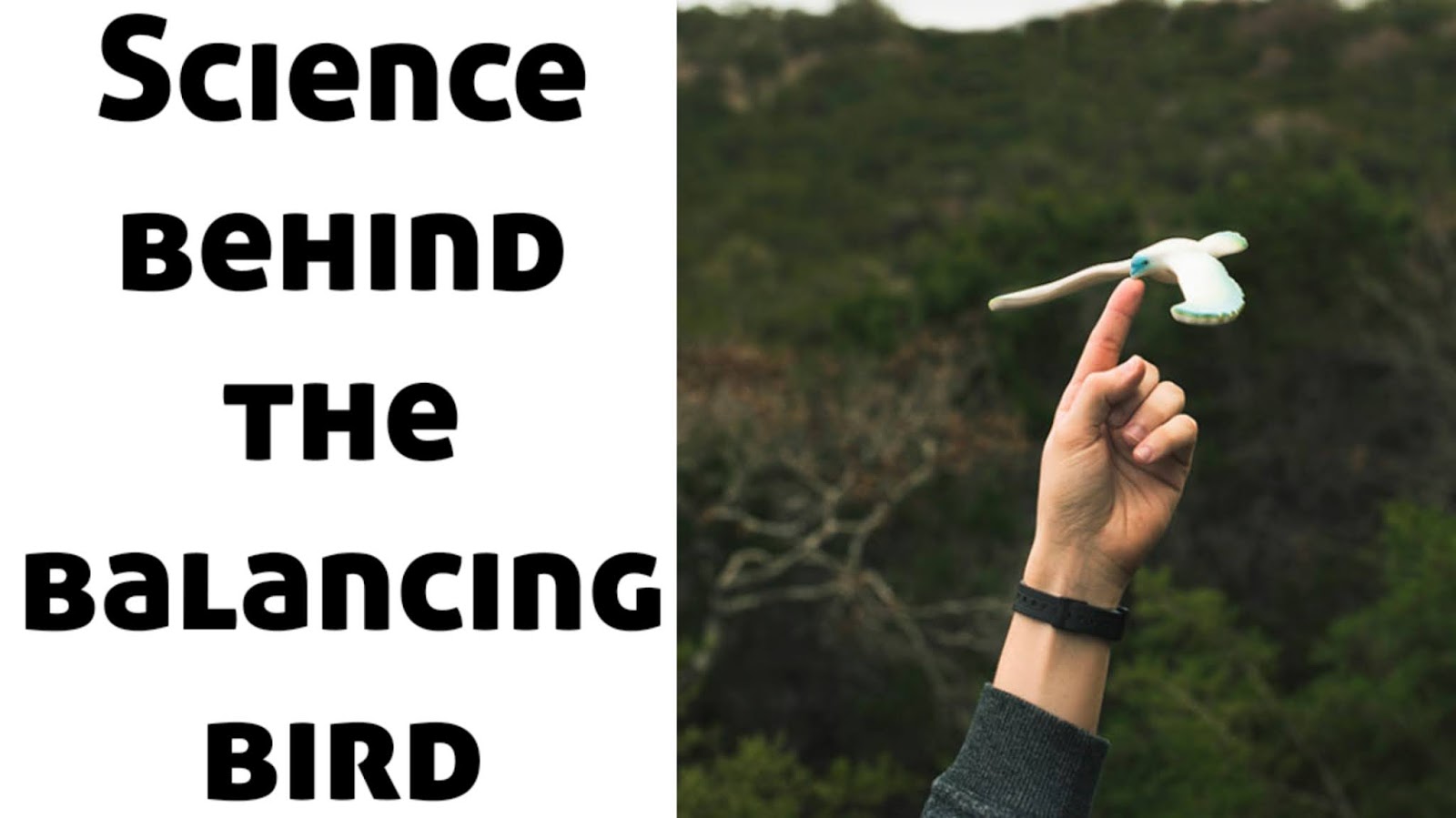Mount Everest has fascinated explorers, scientists, and dreamers for generations. Known as the highest mountain on Earth, it stands as a symbol of human determination and nature’s raw power. But there’s much more to this majestic peak than just its height. Let’s dive into some interesting facts about Mount Everest that will leave you amazed.
1. Mount Everest Is Still Growing
Here’s something surprising: Mount Everest isn’t done growing. Due to tectonic plate movement, the mountain rises by about 4 millimeters every year. The Indian plate continues to push under the Eurasian plate, lifting the Himalayas higher over time.
2. Its Height Keeps Changing
The official height of Mount Everest has been debated for decades. In 2020, a joint survey by China and Nepal declared the height as 8,848.86 meters (29,031.7 feet). But because of geological shifts and snow accumulation, the height can slightly vary.
3. The Mountain Has Two Names
While the world calls it Mount Everest, the locals know it differently. In Nepali, it’s called Sagarmatha, meaning “Goddess of the Sky.” In Tibetan, it’s known as Chomolungma, meaning “Goddess Mother of the World.” Both names reflect deep cultural and spiritual significance.
4. The Summit Lies in the “Death Zone”
At an altitude above 8,000 meters (26,247 feet), the oxygen level drops to about one-third of what it is at sea level. This area is known as the “Death Zone.” Even with supplemental oxygen, climbers face extreme risks like frostbite, exhaustion, and altitude sickness.
5. Everest Is Home to Frozen Climbers
Over 300 climbers have lost their lives on Everest, and many of their bodies remain frozen along the route. Because of the harsh conditions, recovering them is nearly impossible. Some have even become landmarks for other climbers.
6. The First Successful Ascent Was in 1953
On May 29, 1953, Sir Edmund Hillary from New Zealand and Tenzing Norgay, a Sherpa from Nepal, became the first people to reach the summit. Their historic climb opened the door for thousands of future adventurers.
7. The Youngest and Oldest Climbers Broke Records
- Jordan Romero from the USA climbed Everest at just 13 years old in 2010.
- Yuichiro Miura from Japan reached the summit at 80 years old in 2013.
Their achievements prove that age is no limit to ambition.
8. You Can Find Marine Fossils on Everest
Strangely enough, fossils of sea creatures have been discovered on Everest. Millions of years ago, the Himalayas were part of the Tethys Sea. As tectonic plates collided, the seabed lifted and formed the mighty mountains we see today.
9. Everest Has Its Own Weather System
The weather on Everest is unpredictable and often brutal. Temperatures at the summit can drop below -60°C (-76°F), and wind speeds can exceed 160 km/h (100 mph). That’s why climbers have a very short “weather window,” usually just a few weeks each year, to make their attempt.
10. The Sherpas Are the Real Heroes
No Everest story is complete without mentioning the Sherpa community. These local guides and climbers are known for their endurance and skill in high altitudes. Without their expertise, most expeditions would be impossible.
11. The Cost to Climb Everest Is Astronomical
Climbing Everest isn’t just about courage; it’s also expensive. On average, a single expedition can cost between $30,000 to $100,000 or more, depending on the route, guides, and gear.
12. There’s Internet at the Base Camp
Believe it or not, you can browse the internet at Everest Base Camp. Nepal introduced high-speed 4G service to the area in 2017, allowing climbers to stay connected even at the world’s highest peaks.
13. Everest Creates Its Own Cloud
The peak often has a plume-shaped cloud hovering above it. This forms when strong winds blow moist air over the summit, instantly freezing it into an icy mist. It’s a beautiful, yet dangerous sign of high-speed winds.
14. The Trash Problem on Everest
Everest has a growing environmental issue: tons of garbage left by climbers. Old oxygen cylinders, tents, and plastic waste litter the routes. Recent clean-up campaigns have removed thousands of kilograms of waste, but the challenge continues.
15. Everest Is in Two Countries
Mount Everest sits on the border of Nepal and China (Tibet). Climbers can approach from either side, though the Nepal route via the South Col is more popular and slightly easier.
Final Thoughts
Mount Everest is more than just the world’s tallest mountain; it’s a living, breathing symbol of Earth’s history and human ambition. From its slow geological rise to its deadly beauty, Everest continues to captivate everyone who learns about it.
So next time you hear about someone climbing Everest, remember they’re not just scaling a peak, they’re facing one of the planet’s greatest challenges.
FAQs About Mount Everest
Q1. How tall is Mount Everest?
Mount Everest stands at 8,848.86 meters (29,031.7 feet) above sea level.
Q2. Where is Mount Everest located?
It lies on the border between Nepal and China (Tibet Autonomous Region).
Q3. Who was the first person to climb Mount Everest?
Sir Edmund Hillary and Tenzing Norgay were the first to successfully reach the summit in 1953.
Q4. How many people have climbed Mount Everest?
Over 6,000 climbers have reached the summit in recent years.
Q5. Is Mount Everest dangerous?
Yes. Harsh weather, thin air, and avalanches make it one of the most dangerous places on Earth.
Disclaimer
The information in this article is intended for general knowledge and educational purposes only. While every effort has been made to ensure accuracy, some facts about Mount Everest may change over time due to new research or updated measurements. Readers are advised to verify details from official or scientific sources before using this information for academic or professional purposes.






0 Comments